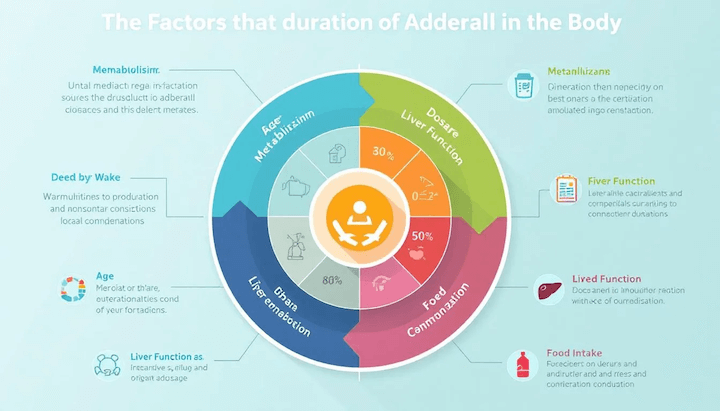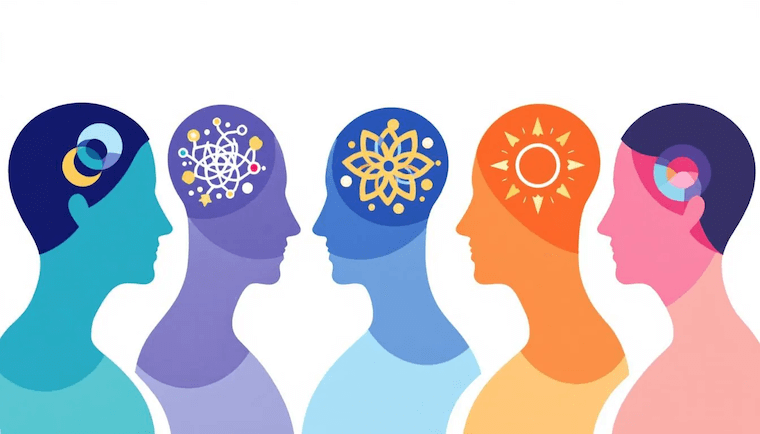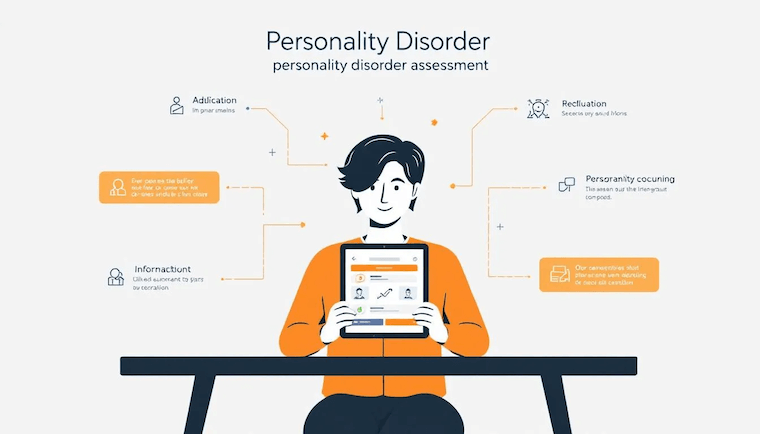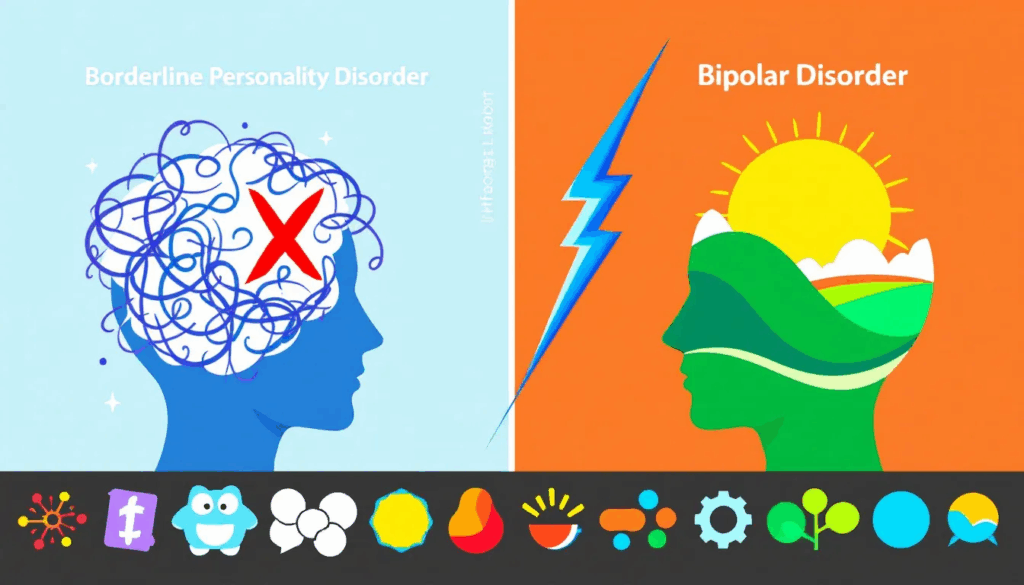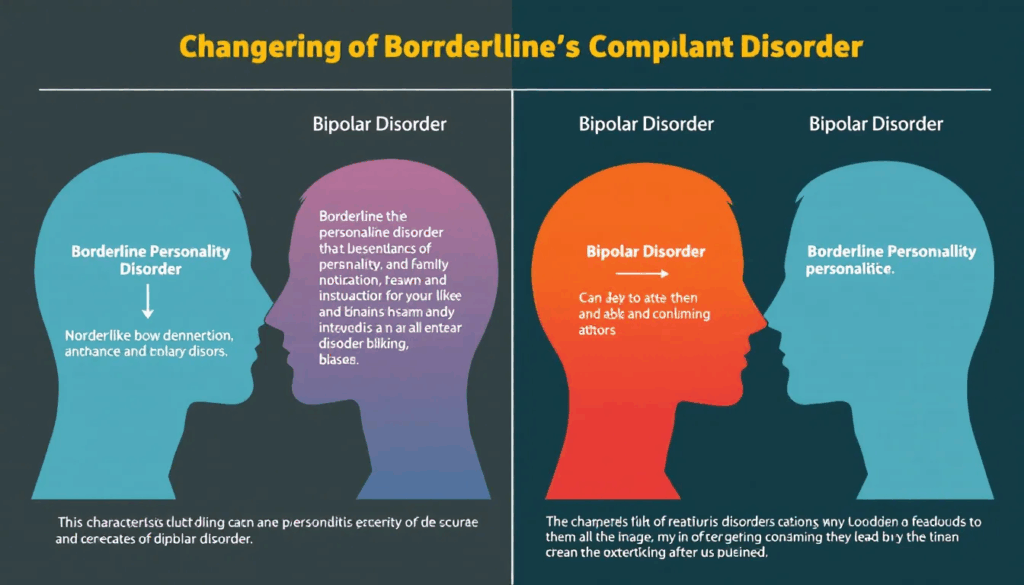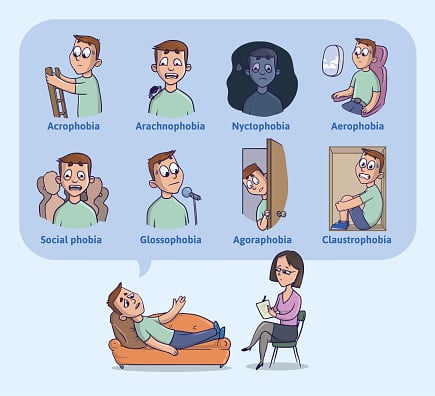Understanding Borderline Personality Disorder (BPD): A Guide for Men
Borderline personality disorder (BPD) is a complex mental health condition that affects how a person thinks, feels, and relates to others. While historically more commonly diagnosed in women, BPD can also profoundly impact men, albeit often underdiagnosed or misunderstood more than other mental disorders. At Cedar Hill, we have a specialized program for BPD to assist in your treatment plan. Let’s explore what BPD is, how it manifests in males, and effective strategies for treatment.
What is Borderline Personality Disorder (BPD)?
A borderline personality disorder is a mental health condition characterized by pervasive patterns of instability in interpersonal relationships, self-image, emotions, and impulsivity. People with BPD may experience intense mood swings, difficulty managing emotions, fear of abandonment, and an unstable sense of self.
These symptoms can lead to turbulent relationships, impulsive behaviors (such as substance abuse or risky sexual behavior), and frequent crises.
What Does Untreated BPD Look Like?
Living with untreated borderline personality disorder (BPD) can feel like navigating a relentless storm. One moment, you might wake up feeling on top of the world, only to crash into overwhelming sadness or anger later in the day.
Simple tasks become draining as your focus fluctuates and plans change with each emotional shift.
Relationships become unpredictable rollercoasters of intense love followed by sudden rejection, leaving you and your loved ones bewildered and hurt.
Coping with this mental health condition often leads to impulsive actions like overeating, substance abuse, or excessive spending, which offer brief relief but deepen feelings of emptiness. It’s like moving through life with a constant sense of unease, unsure of where you belong.
Here are some common manifestations of untreated BPD:
Intense Emotional Instability
Individuals with untreated BPD often experience intense and rapidly shifting emotions that are difficult to regulate. This can result in frequent mood swings, outbursts of anger or sadness, and feelings of emptiness.
Impulsive and Risky Behaviors
Without mental health treatment, people with BPD may engage in impulsive behaviors such as reckless driving, substance abuse, binge eating, unsafe sex, or overspending. These behaviors are often attempts to cope with emotional distress or to seek relief from feelings of emptiness.
Unstable Relationships
Untreated BPD can lead to tumultuous interpersonal relationships characterized by alternating idealization and devaluation of others. Individuals may struggle with fear of abandonment, intense dependency on others, and difficulties maintaining stable and healthy relationships.
Identity Disturbance
There may be a persistent and unstable sense of self, with individuals frequently questioning their values, goals, and identity. This can lead to frequent changes in career aspirations, hobbies, or life goals.
Self-harm and Suicidal Behavior
People with untreated BPD may engage in self-harming behaviors such as cutting or burning themselves as a way to cope with emotional pain. They may also have recurrent thoughts of suicide or engage in suicidal gestures or attempts.
Chronic Feelings of Emptiness
A pervasive sense of emptiness and boredom is common in untreated BPD. Individuals may feel restless, unfulfilled, and constantly searching for something to alleviate their inner emptiness.
Difficulty Functioning in Daily Life
Untreated BPD can impair an individual’s ability to maintain stable employment, attend school regularly, or manage daily responsibilities effectively. This can lead to financial instability, academic difficulties, or problems with authority figures.
Physical Health Issues
Chronic stress and emotional dysregulation associated with other mental health conditions like untreated BPD can contribute to physical health problems such as insomnia, digestive issues, headaches, and compromised immune function.

Symptoms of Borderline Personality Disorder in Men
The symptoms of borderline personality disorder (BPD) in men can have a profound impact on daily life, affecting both emotional well-being and interpersonal relationships.
Imagine navigating intense emotional swings that can shift rapidly from extreme highs to deep lows, making it challenging to maintain stability and predictability in mental health.
Here is a list of common symptoms associated with borderline personality disorder (BPD):
- Intense and unstable emotions, such as frequent mood swings
- Chronic feelings of emptiness
- Difficulty establishing a consistent sense of self
- Impulsive behaviors, such as reckless spending, substance abuse, binge eating, or risky sexual behavior
- Tumultuous relationships marked by alternating idealization and devaluation of others
- Fear of abandonment and frantic efforts to avoid real or imagined abandonment
- Recurrent suicidal thoughts, self-harming behaviors, or intense anger and irritability
- Paranoid ideation or severe dissociative symptoms under stress
These symptoms can vary in severity and may manifest differently in different individuals. It’s important to note that a diagnosis of BPD typically requires the presence of several of these symptoms, which significantly impact daily functioning and interpersonal relationships.

BPD in Men and Women: Assessing the Differences
Research suggests that borderline personality disorder (BPD) manifests similarly in both men and women in terms of core symptoms such as emotional instability, impulsivity, and difficulty in relationships. However, there are some differences in how BPD may present or be perceived between genders:
- Expression of Symptoms: Women with BPD are often more likely to exhibit symptoms such as intense emotional turmoil, self-harm, and suicidal behaviors. Men, on the other hand, may display symptoms through externalizing behaviors like substance abuse, aggression, or risk-taking.
- Diagnosis and Recognition: Historically, BPD has been more commonly diagnosed in women than in men. This could be due to differences in how symptoms are expressed or perceived, as well as potential biases in diagnostic criteria.
- Impact on Social and Occupational Functioning: Men and women with BPD may face different challenges in social and occupational settings. Women may struggle more with interpersonal relationships and maintaining stability in personal life, while male borderline personality disorder may present more in managing anger or impulsivity in professional environments.
- Treatment Seeking and Response: Men with BPD may be less likely to seek treatment or receive a diagnosis due to stigma or societal expectations of masculinity. However, once in treatment, both men and women generally respond well to similar therapeutic approaches, such as dialectical behavior therapy (DBT), which focuses on emotional regulation and interpersonal skills.

The Impact of Borderline Personality Disorder on Men’s Lives
Men with borderline personality disorder (BPD) face distinct challenges shaped by societal expectations of masculinity and the symptoms of their condition. They may grapple more with impulsivity, anger outbursts, or turning to substances for relief. These behaviors can lead to legal issues and strain relationships or work life.
Men often find it difficult to seek help due to societal norms valuing toughness over vulnerability. Relationships can be complex, marked by fears of abandonment and drastic shifts from idealizing someone to feeling let down.
Additionally, men with BPD commonly experience co-occurring mental health issues such as depression, post-traumatic stress disorder, antisocial personality disorder, or anxiety.
Addressing these challenges involves recognizing their unique needs and experiences and offering support that acknowledges the interplay of their condition with societal expectations.

Treatment Options for Men with Borderline Personality Disorder
Treatment for borderline personality disorder (BPD) typically involves a combination of psychotherapy, medication, and support strategies tailored to address the specific symptoms and needs of each individual.
At Cedar Hill, we use evidence-based treatments such as dialectical behavior therapy (DBT), cognitive behavioral therapy (CBT), and mentalization-based therapy (MBT) to diagnose borderline personality disorder and help our clients develop a better understanding of their disorder, learn how to manage their emotions through emotional predictability and create healthier relationships with themselves and others.
Here are some key treatment options:
- Psychotherapy:
- Dialectical Behavior Therapy (DBT): DBT is one of the most widely used therapies for BPD. It focuses on developing skills in mindfulness, emotional regulation, distress tolerance, and interpersonal effectiveness.
- Schema-Focused Therapy: This therapy helps individuals identify and change negative thought patterns and behaviors that contribute to BPD symptoms.
- Cognitive Behavioral Therapy (CBT): CBT can be effective in targeting specific symptoms such as impulsivity, anger, or depressive symptoms.
- Medications:
- Medications may be prescribed to manage specific symptoms associated with BPD, such as mood swings, depression, anxiety, or impulsivity. Commonly used medications include antidepressants, mood stabilizers, and antipsychotic medications.
- Hospitalization or Residential Treatment:
- In severe cases or during acute crises, hospitalization in a psychiatric unit or residential treatment program may be necessary to ensure safety and stabilization.
- Supportive Therapies:
- Group Therapy: Participating in group therapy with a mental health professional and other people who have BPD can provide social support, validation, and opportunities to practice interpersonal skills.
- Family Therapy: Involving family members can help improve communication, set boundaries, and support the individual’s recovery.
- Lifestyle Changes and Self-Care:
- Encouraging regular exercise, adequate sleep, healthy eating habits, and stress management techniques can support overall well-being and symptom management.
Treatment for BPD is often long-term and requires a collaborative approach involving mental health professionals, primary care providers, and supportive individuals in the person’s life. The goal is to improve emotional stability, enhance quality of life, and promote healthy relationships and functioning with a mental illness.
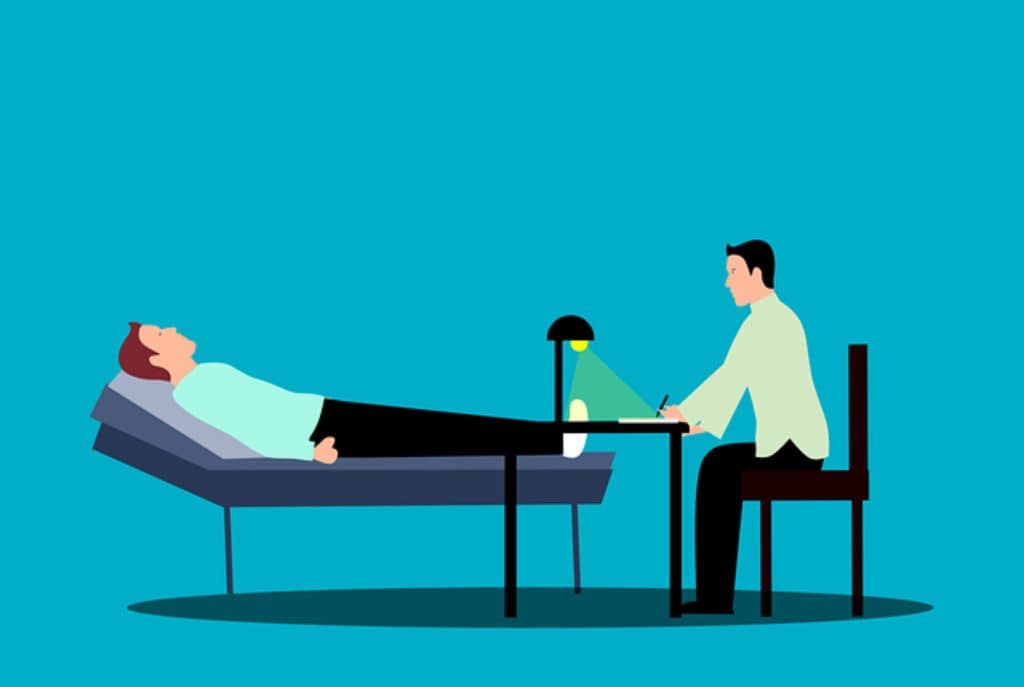
We’re Here to Help!
Borderline personality disorder can be challenging to live with, but with the right treatment and support, individuals can learn to manage symptoms effectively and lead fulfilling lives.
If you suspect you or someone you know may have BPD, don’t hesitate to reach out to us at Cedar Hill for guidance and support. You don’t have to navigate this journey alone.



